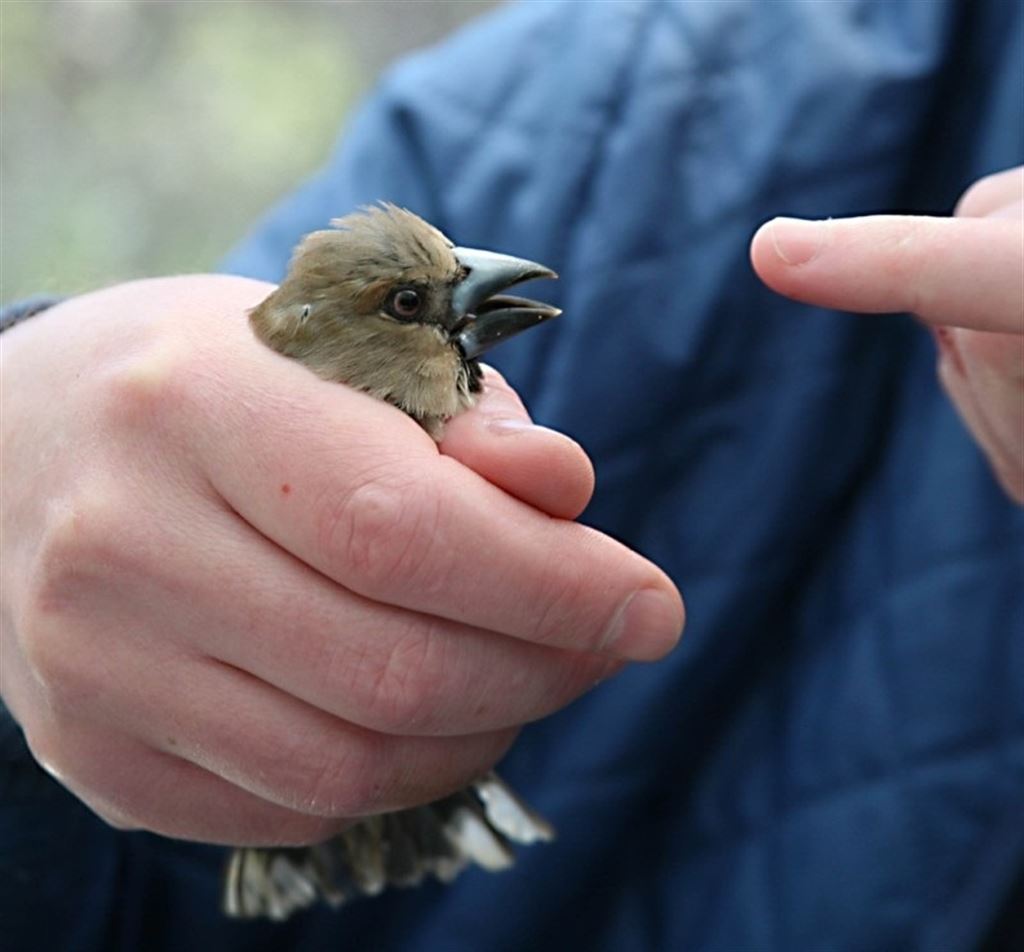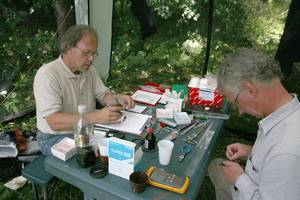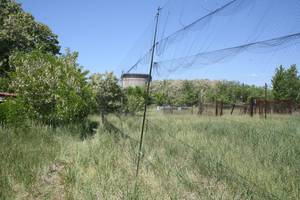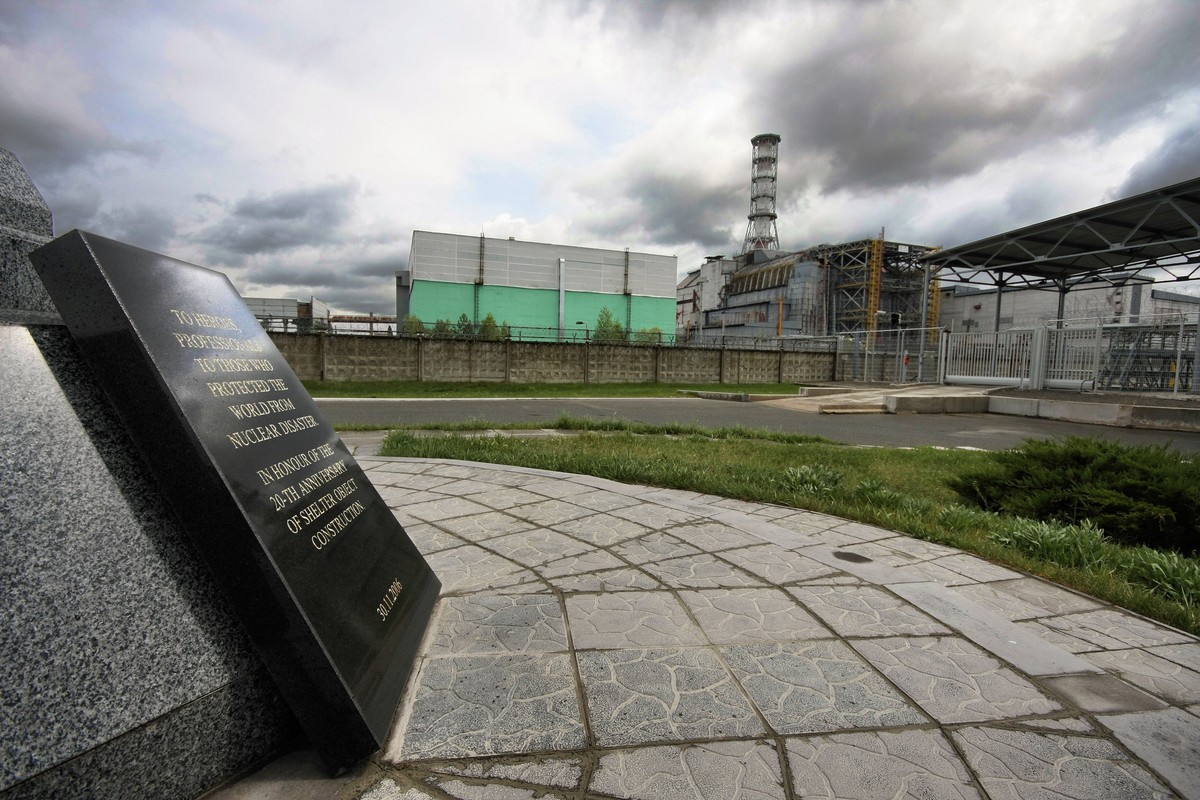Txernobyl birds adapt to radioactivity
2014/05/09 Galarraga Aiestaran, Ana - Elhuyar Zientzia Iturria: Elhuyar aldizkaria

The research chief was Ismael Galván, who said they did not expect these results because in previous research they obtained opposite results: “The studies carried out so far on the chernobyl showed that the animals had more mutations than usual, even in birds. At the cellular level, a decrease in the production of antioxidants was observed in all species, which partly explains the increase in mutations.”
Therefore, when measuring the level of antioxidants of birds captured in that spring and the damage to DNA, it was expected that the antioxidants were at a lower than normal level and that the damage in the DNA were higher than normal. “But we saw just the opposite, even more: to a greater degree of radiation, greater degree of antioxidant and less damage to DNA,” explains Galván.
A total of 152 birds, of 16 common species, were captured in 8 locations with different levels of radiation (0.02-92.90 per hour of microsievert). Before releasing the birds, they saw if they looked healthy or not, they took blood samples and some feathers. Four parameters were measured in these samples: the degree of glutation (the most representative antioxidant), oxidative stress, DNA damage and degree of melanin pigment.
When the results of the studies were related to the degree of radiation of the place located by the bird, birds living in areas of high radiation had more antioxidants, less oxidative stress, and less damage to DNA. In general, they also had a better look and the same thing happened with a species. The researchers concluded that birds have adapted to radiation.
Laboratory in nature
It is the first time that a case of adaptation to radioactivity in nature is observed. Galván stressed that “in the laboratory this adaptation has been observed in cell cultures, and some indications have also been observed in the work with plants, but so far it had not been seen in wild animals”. At the moment, they can only confirm the correlation, but Galván believes that the key to adaptation is in epigenetics: “The medium causes changes in the expression of the genes that, if they are beneficial, can be inherited by the generations to come.”
Galván recalls that 28 years after the Chernobyl disaster, “when we conducted 24 investigations”. Thus, after those birds survivors of the catastrophe have lived 24 generations in an environment contaminated by radioactivity. “We must take into account that these birds are very faithful to the place of birth, so they have lived in the long term and from generation to generation with this level of radioactivity, as well as migratory species.”
In the article in the journal Functional Ecology, there are other examples that coincide with this hypothesis, including that of the inhabitants of the Ramsar zone. Ramsar, located in Iran, is one of the places with the highest natural radioactivity in the world. Well, the frequency of chromosomal aberrations of lymphocytes in their inhabitants is lower than that of people who live without radioactivity.
Lumagorriak (and redheads), more vulnerable
In addition, the researchers looked at the color of the birds. In another study published three years ago in the journal Oecologia, the team of Galván showed that radioactivity affected more the populations of birds with red feathers than those of black feather.
“Birds and we also produce two types of melanima: one black, eumelanin, which protects us from radiation and another red, the feomelanima, the phototoxic,” explains Galván. “Redheads have feomelanine, which carries a higher risk of skin cancer.”
Knowing this, they studied the melanin of the lumens of birds and saw that eumelanin producing birds have adapted better to radioactivity than the producers of feomelanine. The cause is also analyzed: “The production of feomelanine requires cysteine, being the largest store of cysteine glutation, the main cellular antioxidant. Therefore, in the production of feomelanine antioxidants are consumed, which makes them more vulnerable to radiation.”

If having red feathers (or red hair) is so harmful, how are red plumage and redhead birds, what advantages do they have? Galván believes that taking cysteine can be toxic. Being redhead (production of feomelanine) can be a way to remove cysteine.”
Galván has collaborated with other international researchers in his research in Chernobyl. Some of them, especially the University of Paris-Sud and the University of South Carolina, have been researching the consequences of radioactivity on living things for many years in Chernobyl and since 2011 in Fukushima. According to Galván, “they teach us important lessons from the research carried out there.”

Gai honi buruzko eduki gehiago
Elhuyarrek garatutako teknologia






